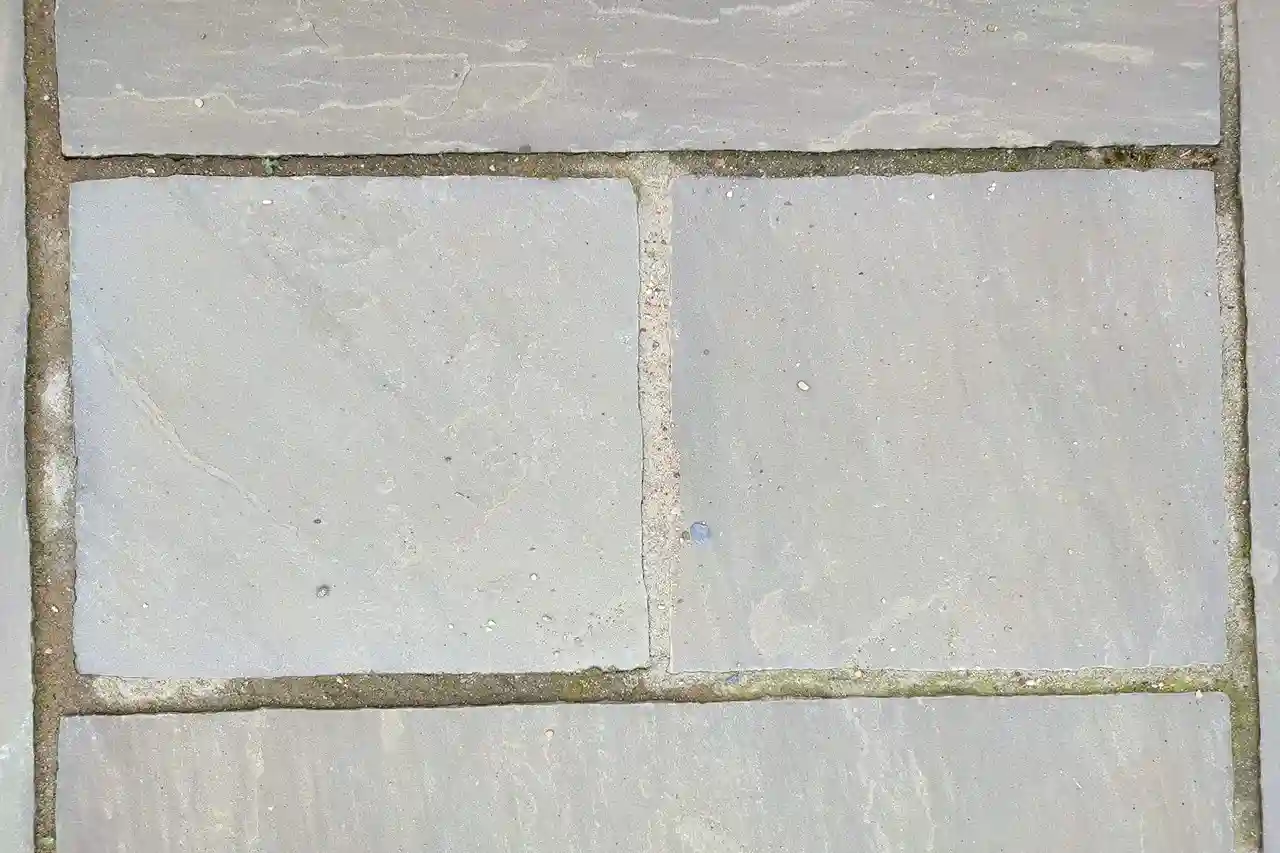How to Prevent Cracks in Your Concrete Walkway or Patio
Preventing cracks in concrete walkways and patios is essential for maintaining both their appearance and structural integrity. To avoid concrete cracks, it’s crucial to start with a high-quality mix that has the correct water-to-cement ratio. Excess water can lead to shrinkage cracks as the concrete cures. Incorporating air-entraining agents can enhance the mix’s durability, especially in areas prone to freeze-thaw cycles. A well-compacted base of gravel or sand provides a stable foundation, reducing the risk of settlement cracks. Additionally, integrating synthetic microfibers into the mix can help control plastic shrinkage cracking by distributing tensile forces more evenly.
Proper curing is vital to prevent concrete from cracking during the drying process. Maintaining adequate moisture levels allows for optimal hydration, reducing the likelihood of surface crazing. Covering the surface with wet burlap or plastic sheeting helps retain moisture during the initial curing phase. Implementing control joints at appropriate intervals accommodates natural expansion and contraction, thereby preventing random cracking. Utilizing superabsorbent polymers in the mix can also aid in internal curing, ensuring even moisture distribution throughout the slab.
Applying a high-quality concrete sealant serves as a protective barrier against moisture intrusion, freeze-thaw damage, and chemical exposure, all of which can contribute to cracking. Regular maintenance, including sealing any minor cracks promptly, prevents them from expanding into more significant issues. Incorporating pre-curing techniques, such as fogging, can further minimize the risk of surface cracks by reducing rapid moisture loss immediately after placement. Ensuring that formwork is properly braced during pouring can prevent movement that might lead to structural cracks.
To further enhance the longevity of your concrete surfaces, consider using synthetic microfibers in the mix. These fibers help control plastic shrinkage cracking by distributing tensile forces more evenly. Additionally, implementing pre-curing techniques, such as fogging, can minimize the risk of surface cracks by reducing rapid moisture loss immediately after placement. Ensuring that formwork is properly braced during pouring can prevent movement that might lead to structural cracks. By adhering to these practices, you can effectively prevent concrete from cracking, ensuring a durable and aesthetically pleasing walkway or patio for years to come.





